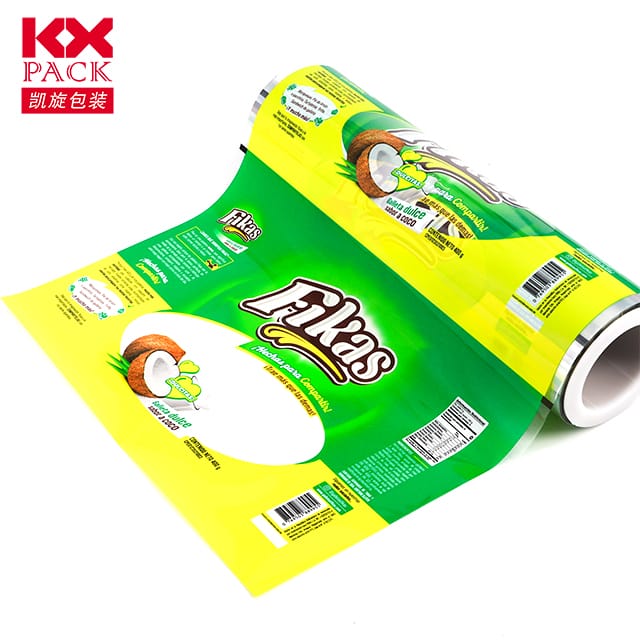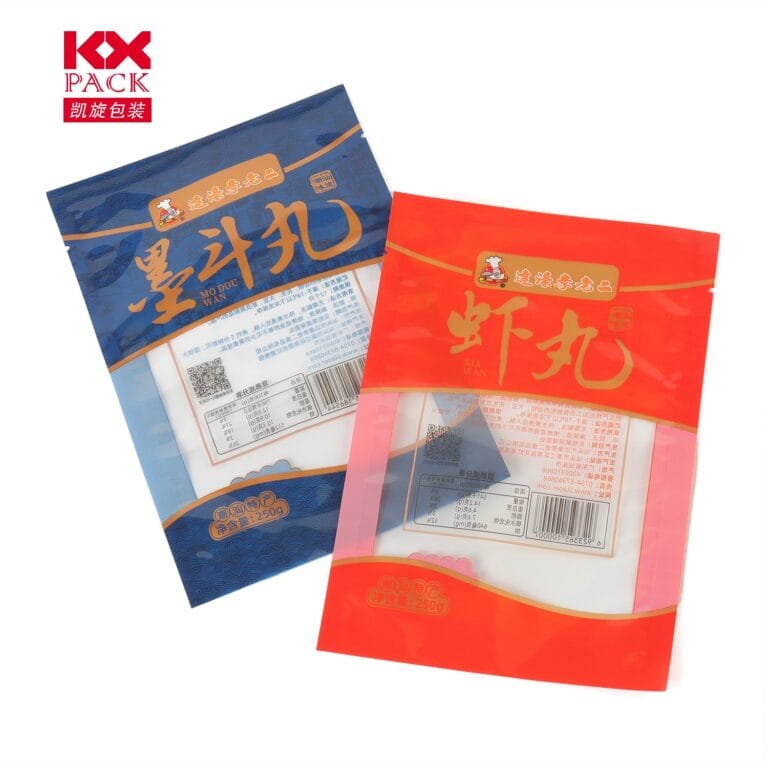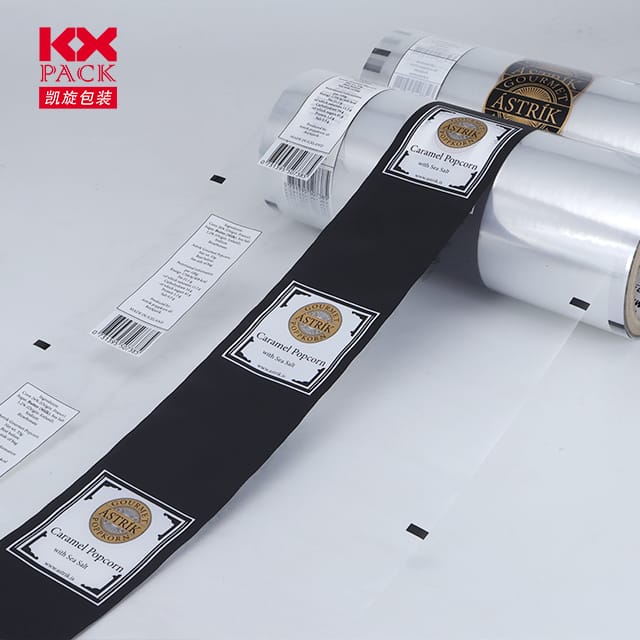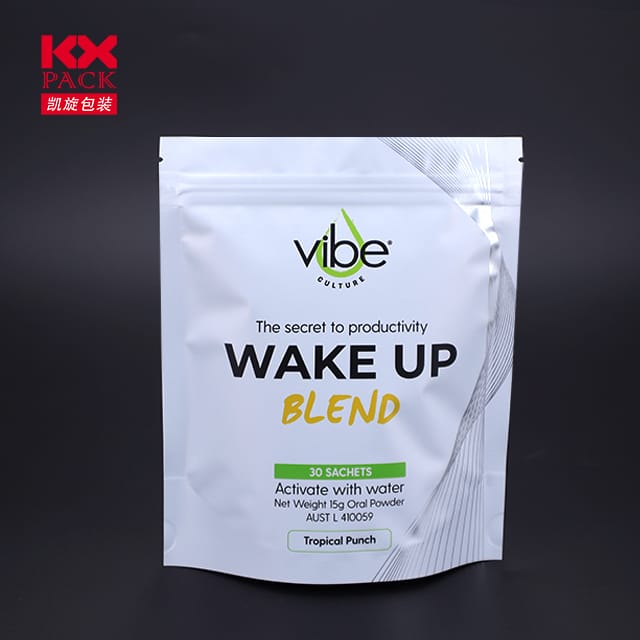Ο ρόλος και η εξέλιξη της πλαστικής συσκευασίας φιλμ: Εξισορρόπηση της λειτουργικότητας και της βιωσιμότητας
Plastic Film Packaging
Plastic film packaging has long been a cornerstone of modern consumer goods, τροφή, και βιομηχανικός τομέας. Η ευελιξία του, αποδοτικότητα κόστους, και η ικανότητα διατήρησης της φρεσκάδας προϊόντων το κατέστησε απαραίτητη. Ωστόσο, Ως περιβαλλοντικές ανησυχίες, Οι κατασκευαστές και οι καταναλωτές επανεκτιμούν τον ρόλο του. Ας εξερευνήσουμε τη δυναμική της πλαστικής συσκευασίας φιλμ, Οι προκλήσεις του, and its sustainable future.
Why Plastic Film Packaging Dominates the Market
Plastic films, συμπεριλαμβανομένου του πολυαιθυλενίου (Π.Ε), πολυπροπυλένιο (PP), and polyvinyl chloride (PVC), are favored for several reasons:
- Protection and Preservation: These films act as barriers against moisture, οξυγόνο, και μολυντές, extending the shelf life of perishable goods like food, φαρμακευτικά προϊόντα, και ηλεκτρονικά.
- Ελαφρύ και ευέλικτο: Their malleability allows for custom shapes and sizes, reducing material waste and shipping costs.
- Αποδοτικότητα κόστους: Compared to alternatives like glass or metal, plastic films are cheaper to produce and transport, making them ideal for mass-market products.
- Transparency and Printability: ΠΡΟΓΡΑΜΜΑΤΑ ΠΡΟΚΑΤΑΣΤΑΣΗΣ CLART FILMS, while printed designs enhance branding and consumer appeal.
Environmental Challenges and Industry Responses
Παρά τα πλεονεκτήματά του, plastic film packaging faces severe criticism due to its environmental impact:
- Single-Use Waste: A significant portion of plastic films ends up in landfills or oceans, contributing to pollution and harming wildlife.
- Ανακύκλωση εμπόδια: Many plastic films are difficult to recycle due to contamination, mixed materials, or lack of infrastructure.
Σε απάντηση, the industry is pivoting towardsustainable alternatives:
- Βιοαποικοδομήσιμες και λιπασματικές ταινίες: Innovations include plant-based polymers (Π.χ., PLA from corn starch) and oxo-biodegradable additives that accelerate breakdown in natural environments.
- Ανακυκλωμένο περιεχόμενο: Manufacturers are incorporating post-consumer recycled (PCR) materials into films, Μείωση της εξάρτησης από τα παρθένα πλαστικά.
- Reusable Packaging Systems: Brands are experimenting with refillable containers and return-and-reuse models to minimize single-use waste.
- Προηγμένες τεχνολογίες ανακύκλωσης: Chemical recycling methods, such as pyrolysis, are being explored to transform mixed plastics into reusable raw materials.
Industry Trends Shaping the Future
- Κανονιστικές πιέσεις: Governments worldwide are imposing stricter rules on plastic use. Για παράδειγμα, the EU’s Single-Use Plastics Directive bans certain non-recyclable items, pushing companies to innovate.
- Consumer Demand for Eco-Friendly Options: Surveys show that 70% of consumers are willing to pay more for sustainable packaging, driving brands to adopt greener solutions.
- Πρωτοβουλίες κυκλικής οικονομίας: Leading companies are investing in closed-loop systems where packaging is collected, ανακυκλωμένος, and repurposed endlessly.
- Τεχνολογικές εξελίξεις:
- Barrier Coatings: Nanotechnology-enhanced films improve oxygen and moisture resistance, reducing the need for thick, multi-layer packaging.
- Εδώδιμες ταινίες: Made from seaweed or starch, these biodegradable coatings are gaining traction in the food industry.
Μελέτη περίπτωσης: Success in Sustainable Packaging
ΠαίρνωΒρόχος, a global reusable packaging platform partnering with brands like Unilever and Nestlé. Customers receive products in durable, επαναχρησιμοποιήσιμα δοχεία, which are collected, καθαρισμένος, και ξαναγεμίστηκε. This model reduces plastic waste by up to 90% compared to single-use packaging.
Similarly, Apeel Sciences has developed an edible, plant-based coating that extends the shelf life of fruits and vegetables, reducing the need for plastic wraps.
The Path Forward: Collaboration and Innovation
Achieving a sustainable future for plastic film packaging requires collective effort:
- Industry Collaboration: Manufacturers, λιανοπωλητές, and recyclers must work together to standardize recycling processes and invest in infrastructure.
- Εκπαίδευση καταναλωτών: Raising awareness about proper disposal and recycling habits is critical.
- Policy Support: Governments should incentivize sustainable practices through tax breaks or grants for R&ρε.
συμπέρασμα
Plastic film packaging is at a crossroads. While its functionality remains unmatched, the industry must prioritize sustainability to survive. By embracing biodegradable materials, circular economy models, and innovative technologies, manufacturers can reduce their environmental footprint without compromising quality or cost-efficiency.
The question is no longerwhether to use plastic film packaging, buthow to use it responsibly. The future belongs to those who balance innovation with eco-consciousness.
What steps do you think brands should take to make plastic film packaging more sustainable? Ας συζητήσουμε στα σχόλια! 🌍📦
Λέξεις -κλειδιά: plastic film packaging, βιότης, βιοδιασπώμενο, εγκύκλιος, ανακύκλωση, καινοτομία.







